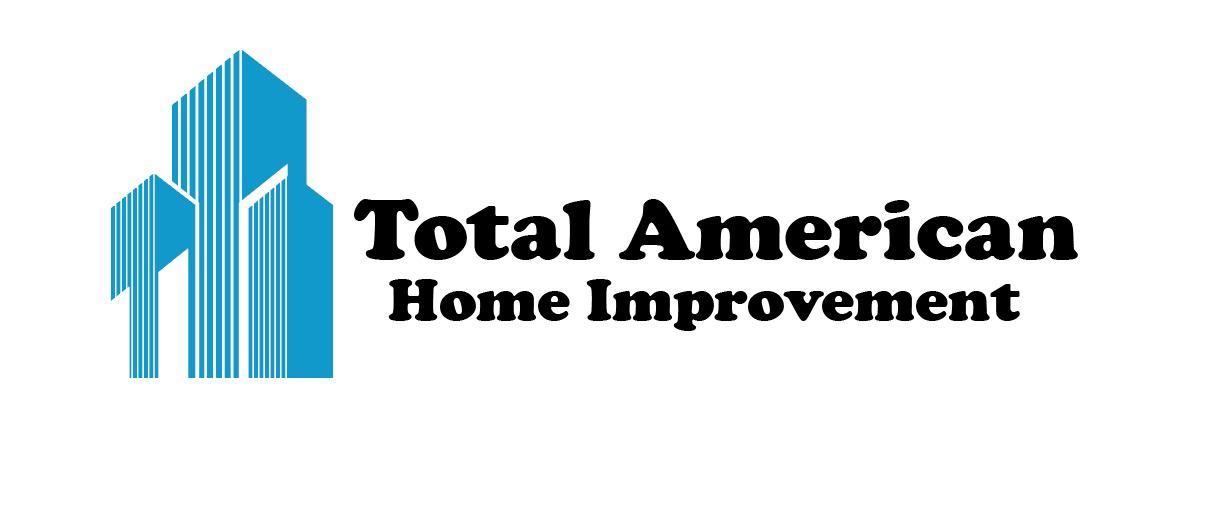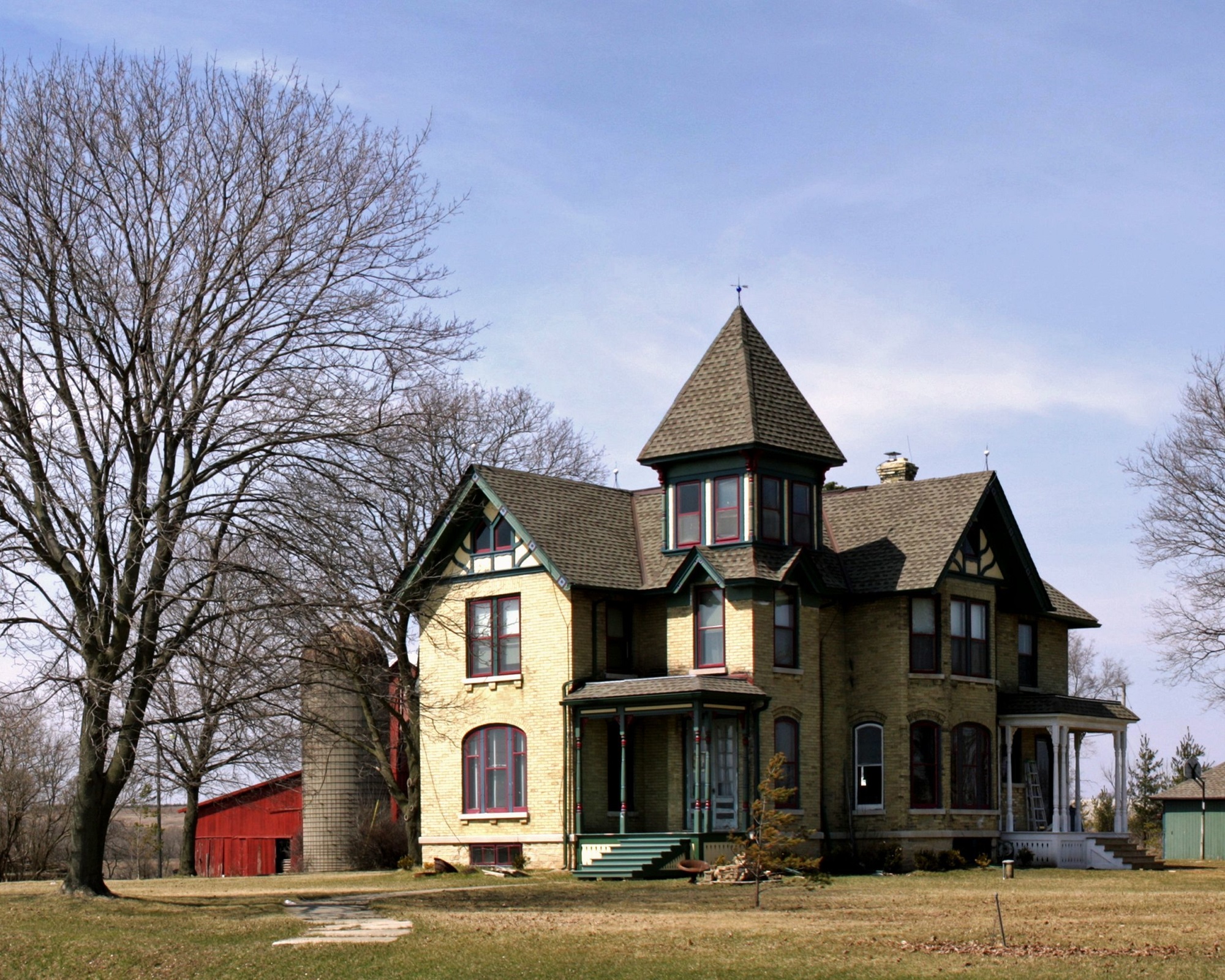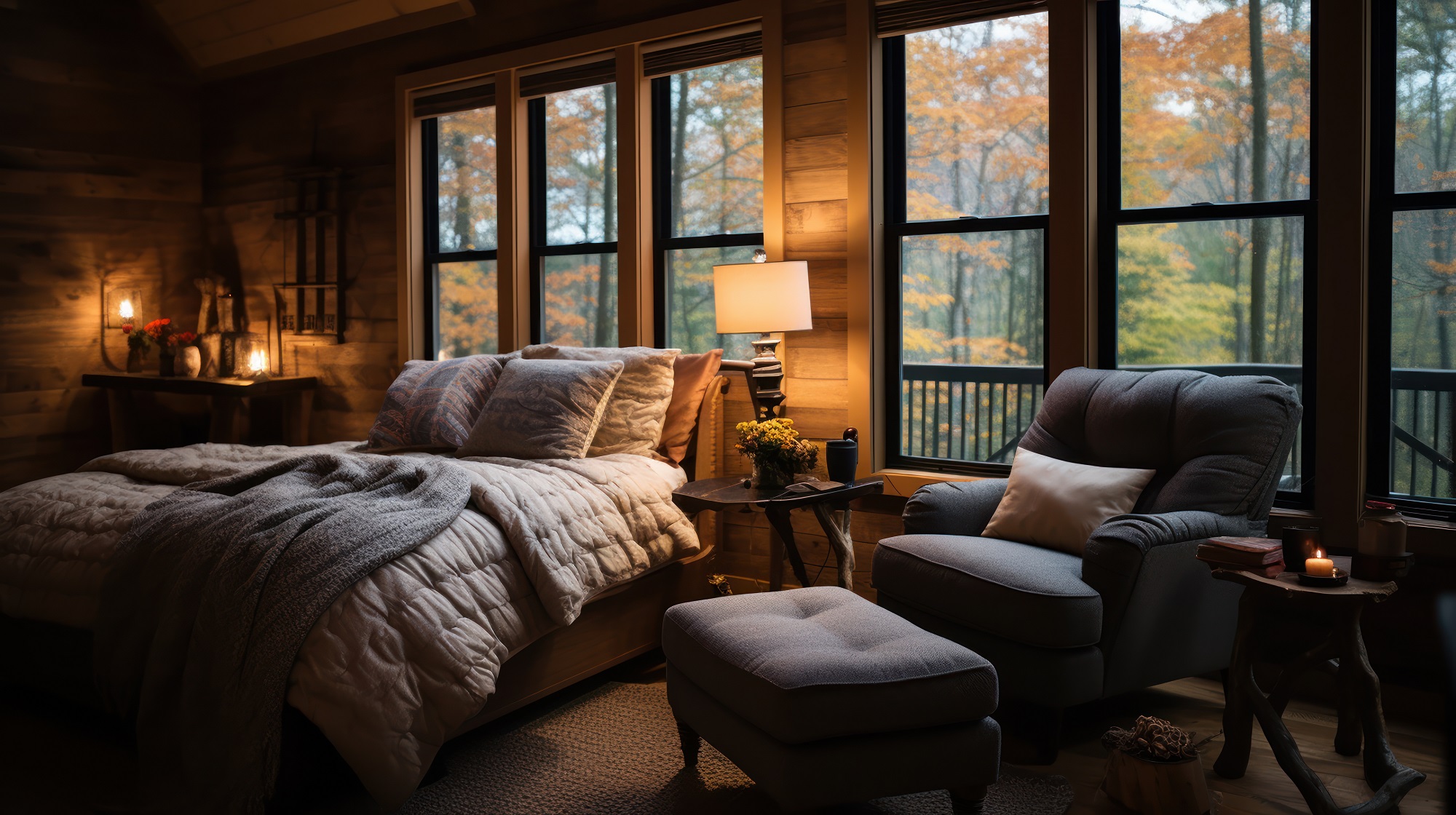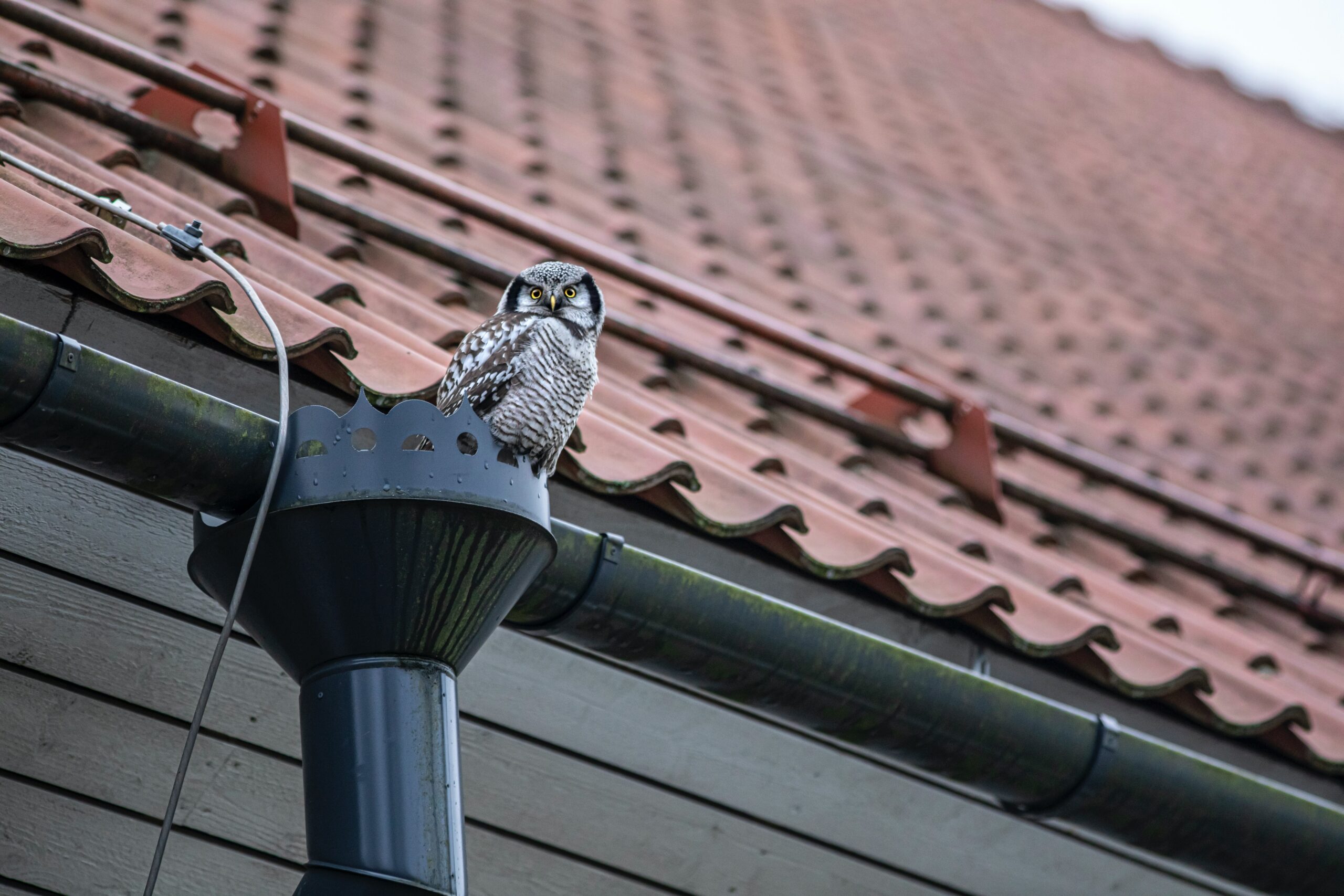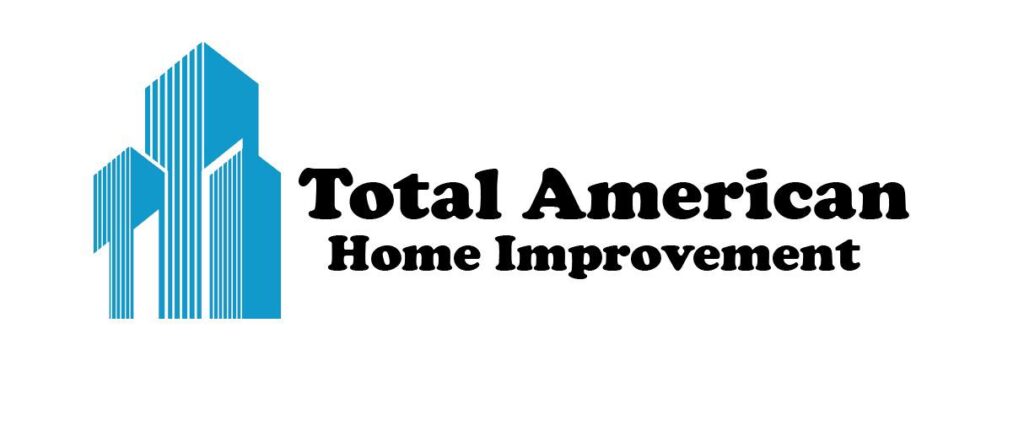Introduction
Step into a time capsule as we explore the art of restoring Buffalo’s historic homes, where the grandeur of the past is brought back to life. From the intricate Victorian-style architecture to the charm of Craftsman bungalows, these architectural wonders hold the stories of a bygone era.
In the heart of Buffalo, history is not merely conserved, it is honored. The restoration of these homes is a delicate process that requires skilled craftsmanship and a deep appreciation for the city’s rich heritage. This article takes you on a journey through the captivating journey of restoring Buffalo’s historic homes, uncovering the secrets of how these timeless gems are transformed into modern-day havens.
Discover the meticulous attention to detail and the passion that drives homeowners, architects, and preservationists as they breathe new life into these architectural treasures. Explore the challenges faced, the innovative techniques employed, and the rewards reaped when a piece of history is lovingly restored.
Join us as we delve into the world of preservation and restoration, celebrating the artistry and dedication that keeps Buffalo’s past alive for future generations to cherish.
The Importance of Preserving Historic Homes

Historic homes are more than just physical structures; they are a window into the past, offering a glimpse of a bygone era. Preserving these homes is crucial for maintaining a connection to our history and heritage. By restoring and maintaining these architectural treasures, we ensure that future generations can appreciate and learn from the past.
Restored historic homes also contribute to the cultural and economic vitality of a community. They serve as landmarks that attract tourists and visitors, boosting local businesses and creating a sense of pride among residents. The preservation of these homes enhances the overall aesthetic appeal of a neighborhood, making it a desirable place to live and invest in.
Additionally, historic homes often embody unique architectural styles and craftsmanship that are rare or nonexistent in modern construction. Preserving these homes allows us to appreciate and learn from the architectural techniques and design principles of the past, fostering a sense of cultural continuity and innovation.
Understanding the History of Buffalo’s Historic Homes
Buffalo’s historic homes tell the story of the city’s growth and development over the years. From the early settlement days to the industrial boom of the 19th century, these homes reflect the changing social and economic landscape of Buffalo.
The architectural styles found in Buffalo’s historic homes are diverse and varied. The city boasts impressive examples of Victorian, Queen Anne, Colonial Revival, and Craftsman architecture, among others. Each style represents a different era and showcases the unique tastes and preferences of the time.
The history of Buffalo’s historic homes can be traced back to the city’s early days as a frontier outpost. As the city grew, so did the demand for housing, resulting in the construction of larger and more ornate homes. Many of these homes were built by prominent architects and craftsmen, leaving behind a rich architectural legacy that is treasured today.
Challenges Faced in Restoring Historic Homes
Restoring historic homes comes with its fair share of challenges. One of the primary challenges is the need to balance preservation with modern functionality. Historic homes often have outdated electrical, plumbing, and heating systems that need to be updated without compromising the integrity of the original design.

Another challenge is sourcing authentic materials for restoration. Many historic homes feature unique materials that may no longer be readily available. This requires careful research and collaboration with suppliers to find the closest match to the original materials.
The age and condition of the home itself can present challenges as well. Structural issues, water damage, and decay are common problems that need to be addressed during the restoration process. This requires skilled craftsmen who are experienced in working with historic structures and can navigate these challenges with expertise.
Steps to Restore a Historic Home
Restoring a historic home is a complex process that requires careful planning and attention to detail. Here are the general steps involved in restoring a historic home:
- Research and Documentation: Begin by researching the history of the home and documenting its original features. This will serve as a reference point throughout the restoration process.
- Assessment and Planning: Conduct a thorough assessment of the home’s condition, identifying any structural issues or areas in need of repair. Develop a comprehensive plan that outlines the scope of work and establishes a timeline and budget.
- Preservation and Repair: Prioritize the preservation of original features and materials. Repair or replace damaged elements using historically accurate techniques and materials whenever possible.
- Upgrades and Modernization: Update outdated systems and technologies while respecting the integrity of the home’s design. This may involve upgrading electrical, plumbing, and HVAC systems to meet modern standards.
- Finishing Touches: Pay attention to the details that make a house a home. Restore or replicate decorative elements, choose appropriate paint colors, and select furnishings that complement the historic character of the home.
- Maintenance and Preservation: Once the restoration is complete, establish a regular maintenance routine to ensure the longevity of the restored features. This includes regular inspections, cleaning, and ongoing repairs as needed.
Tips for Finding the Right Contractor for Your Restoration Project
Finding the right contractor for a historic home restoration project is crucial to its success. Here are some tips to help you find a contractor who understands and appreciates the unique challenges of restoring historic homes:
- Experience and Expertise: Look for contractors who have specific experience in restoring historic homes. Ask for references and examples of their previous work to assess the quality of their craftsmanship.
- Preservation-minded Approach: Seek contractors who prioritize preservation and have a deep understanding of historic building techniques and materials. They should be able to demonstrate a commitment to maintaining the integrity of the home’s original design.
- Communication and Collaboration: Choose a contractor who is willing to listen to your vision and collaborate with you throughout the restoration process. Effective communication is key to ensuring that your expectations are met.
- Licensing and Insurance: Verify that the contractor is properly licensed and insured. This protects both parties in the event of any accidents or property damage during the restoration process.
- Budget and Timeline: Obtain detailed cost estimates and timelines from multiple contractors. Compare their proposals to ensure that they align with your budget and desired completion date.
- Community Reputation: Research the contractor’s reputation within the local community. Read online reviews and ask for recommendations from friends, neighbors, or local preservation organizations.
Remember, restoring a historic home is a significant investment, both financially and emotionally. Take the time to find the right contractor who shares your passion for preservation and has the skills to bring your vision to life.
Financing Options for Historic Home Restoration
Restoring a historic home can be a costly endeavor, but there are several financing options available to homeowners:

- Historic Preservation Grants: Many cities and states offer grants specifically for historic preservation projects. These grants can help offset the costs of restoration, particularly for homes located in designated historic districts.
- Tax Incentives: Historic homes may qualify for tax incentives, such as the Federal Historic Preservation Tax Incentives program. This program provides a federal income tax credit for qualified rehabilitation expenses incurred during the restoration process.
- Rehabilitation Loans: Some financial institutions offer specialized loans for historic home restoration. These loans often have favorable interest rates and terms tailored to the unique needs of restoration projects.
- Crowdfunding and Fundraising: Consider launching a crowdfunding campaign or organizing fundraising events to raise funds for your restoration project. Engage with the local community and preservation organizations to garner support and donations.
- Personal Savings and Home Equity: If feasible, use personal savings or home equity to finance the restoration project. This allows you to maintain full control over the process and avoid interest payments.
It’s important to thoroughly research and understand the eligibility criteria and terms of each financing option. Consult with preservation organizations and financial advisors to determine the best option for your specific restoration project.
The Impact of Restored Historic Homes on the Community
Restored historic homes have a profound impact on the community, both socially and economically. They contribute to the revitalization of neighborhoods, attract visitors and tourists, and foster a sense of community pride. Here are some key ways in which restored historic homes positively impact the community:
- Economic Development: Restored historic homes act as catalysts for economic development, attracting businesses, tourists, and potential residents. The increased foot traffic and economic activity benefit local businesses and create job opportunities.
- Neighborhood Revitalization: The restoration of historic homes often sparks a ripple effect, inspiring other homeowners to invest in their properties. This leads to overall neighborhood revitalization, increasing property values and creating a more attractive and desirable place to live.
- Cultural Preservation: Restored historic homes preserve a community’s cultural heritage and identity. They serve as reminders of the past, fostering a sense of connection and shared history among residents.
- Environmental Sustainability: Restoring historic homes promotes sustainability by repurposing existing structures rather than demolishing and rebuilding. This reduces waste, conserves resources, and minimizes the environmental impact of new construction.
- Educational Opportunities: Restored historic homes provide educational opportunities for the community. They can be used as museums, educational centers, or event spaces, offering residents and visitors a chance to learn about the city’s history and architectural heritage.
The impact of restored historic homes goes beyond the individual properties themselves, creating a positive ripple effect throughout the community. By preserving and celebrating our history, we create a more vibrant and sustainable future.
Conclusion
As Buffalo continues to grow and evolve, the preservation and restoration of historic homes will play a crucial role in shaping the city’s future. These architectural treasures are not only a testament to Buffalo’s rich history but also a source of inspiration and pride.
The future of historic home restoration in Buffalo lies in the hands of homeowners, preservation organizations, and the community at large. By valuing and investing in our historic homes, we ensure that the stories of the past are preserved for future generations to cherish.
As you walk the streets of Buffalo, take a moment to appreciate the beauty and history that surrounds you. Behind every restored historic home lies a story waiting to be discovered, a piece of Buffalo’s past waiting to be celebrated. Join us in honoring and preserving Buffalo’s architectural legacy, one home at a time.
